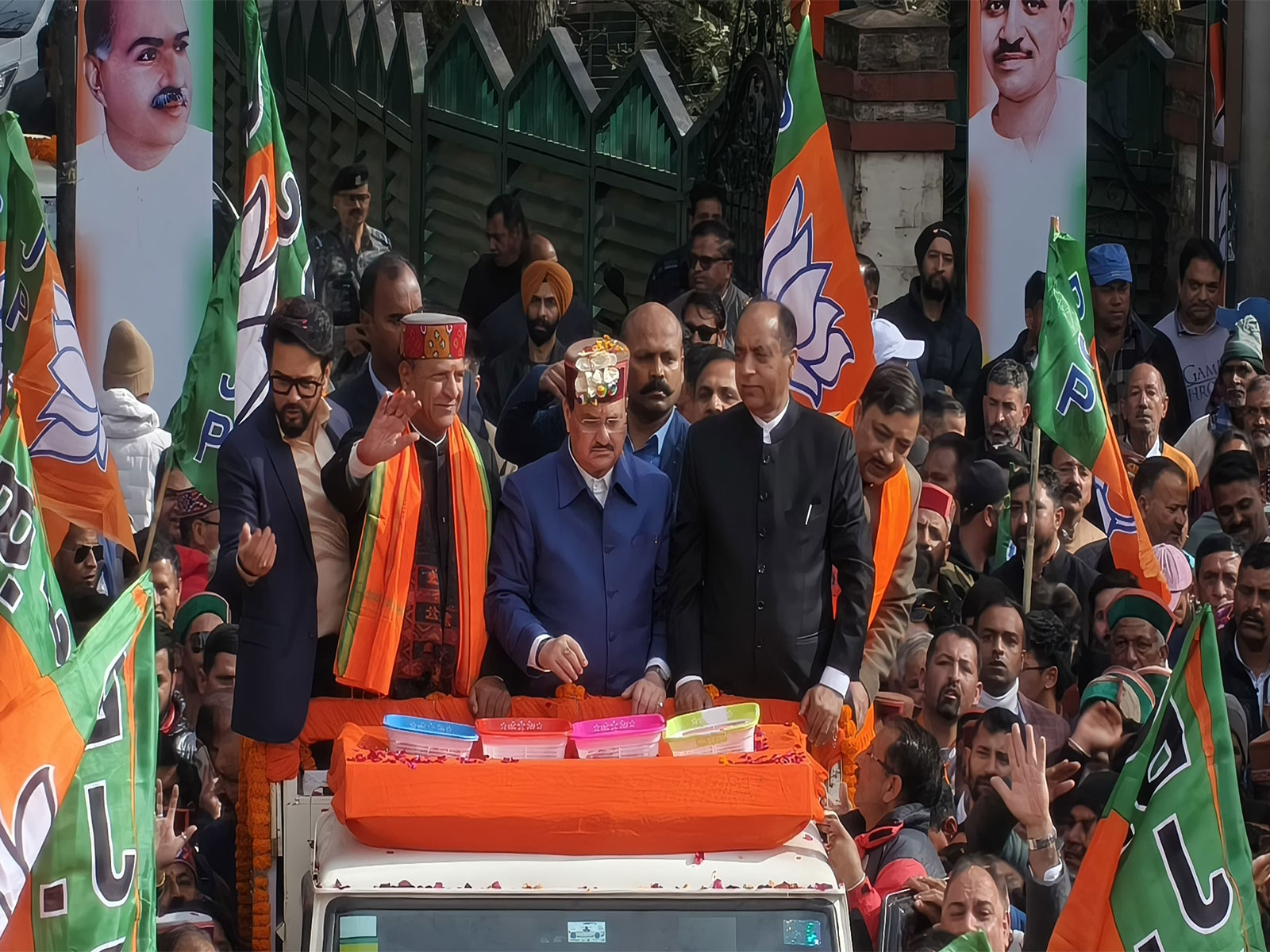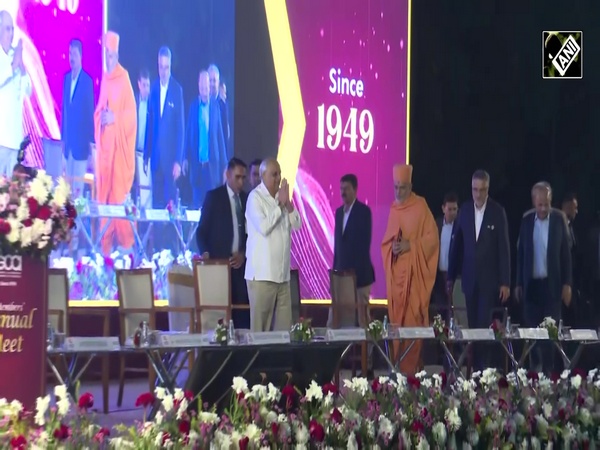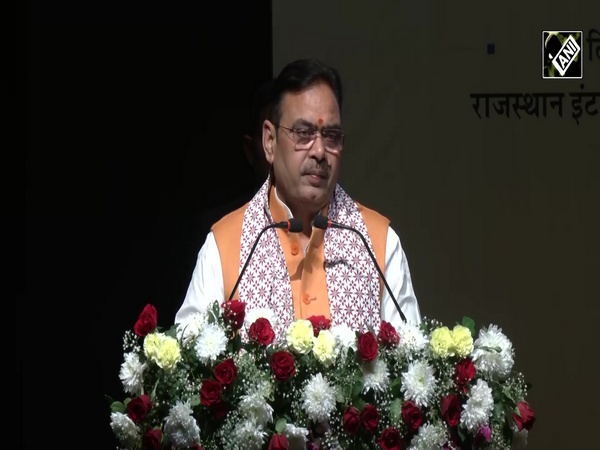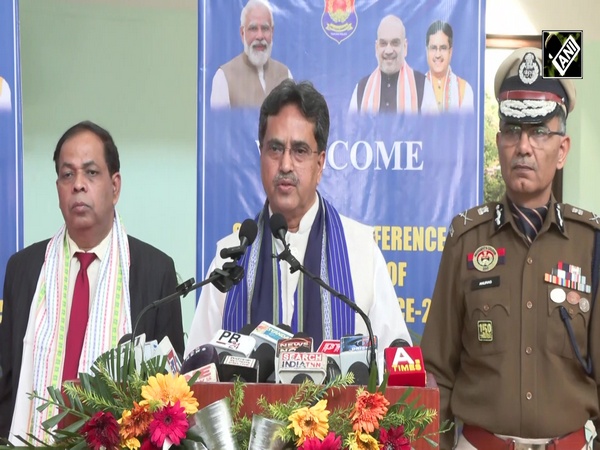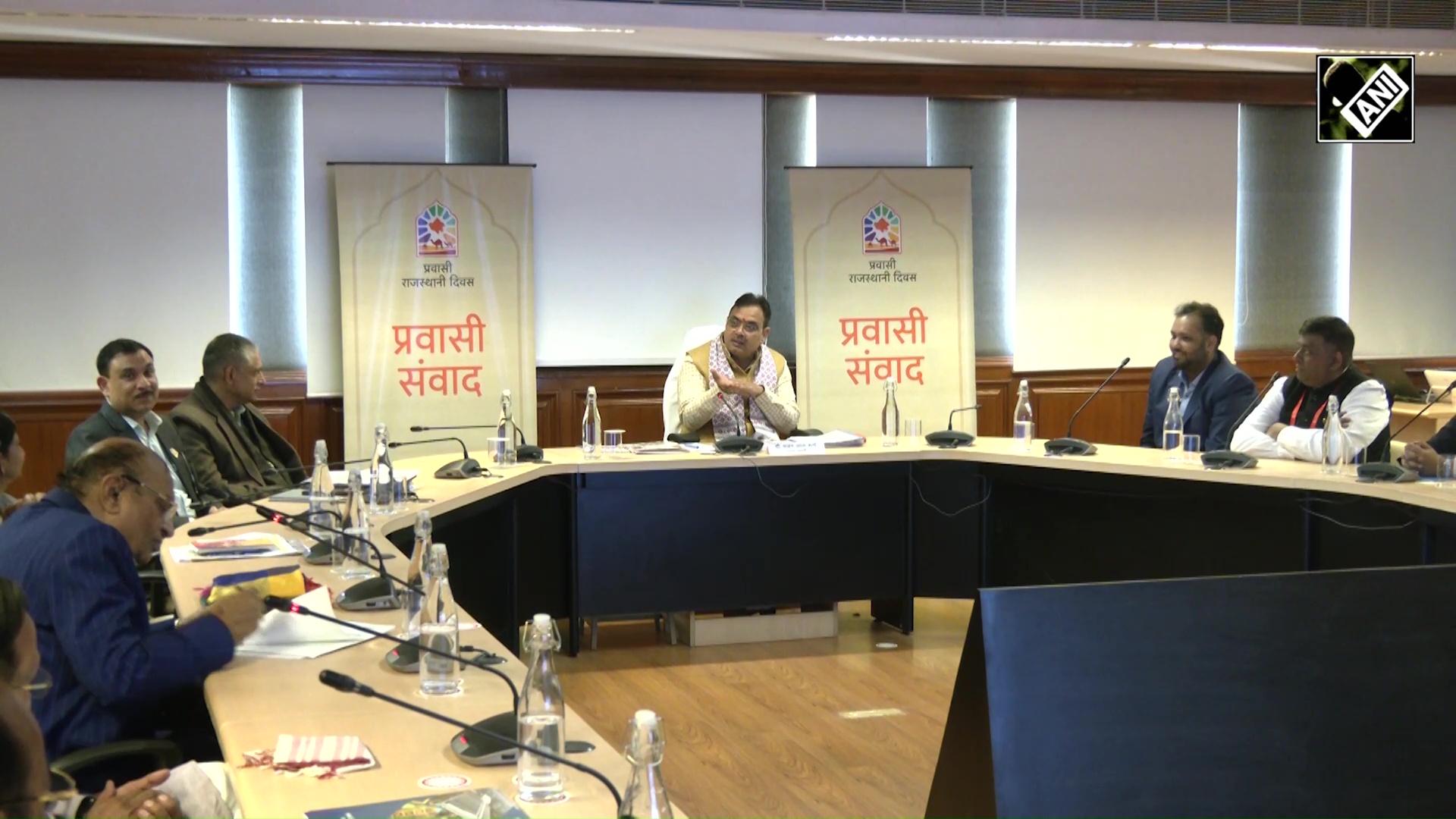Myanmar's junta using Chinese facial recognition technology to track, eliminate opponents
Aug 03, 2022

Naypyidaw [Myanmar], August 3 : In order to expand its public surveillance capabilities, Myanmar's military regime is using facial recognition technology, raising fresh concerns about the safety of democracy activists and resistance groups in Myanmar.
The cameras, sourced from Chinese tech conglomerates Huawei, Dahua and Hikvision, are equipped with artificial intelligence technology that automatically scans faces and vehicle license plates in public places and alerts authorities to those on a wanted list, DW reported.
Experts believe that the increased access to this technology could have consequences for the safety of anyone opposing Myanmar's military junta.
"This is another threat coming, not just on the ground. We are now resisting a digital authoritarian regime," Thinzar Shunlei Yi, a Yangon-based activist said.
In March, Human Rights Watch (HRW) released a report on Myanmar's use of Chinese-made facial recognition systems, warning of a "serious threat" to human rights.
The report said that hundreds of cameras were installed in townships around the capital Naypyidaw in December 2020, before the military took power in a coup, in the first phase of a security initiative called "safe city." Cameras were also installed in Myanmar's largest city, Yangon, DW reported.
HRW Deputy Asia Director Phil Robertson told DW the cameras are the "epitome of intrusive surveillance," and would allow the junta to remotely monitor, track and ultimately raid the operations of opponents, DW reported.
"We expect the systems will be used to identify persons of interest, follow their movements, identify their motorcycles and cars, and ultimately follow them to resistance safe houses where junta forces can attack, arrest, and kill those opposed to the military regime," he said.
By controlling the biggest telecommunication company in Myanmar, Telenor, the junta has restricted internet access and censored online content. There have also been reports that the junta has installed spyware on telecom services and internet providers to further monitor and combat online "traitors."
"We are not safe. Basically, all our information can be exposed. The junta heavily uses its digital power to spread misinformation and disinformation, as well as to detect where we are and what we are doing," Thinzar Shunlei Yi added.
And the impact of the junta's surveillance can already be seen across Myanmar: "We see an increasing number of arrests every day, especially in our strike committees," said activist Yi.
"Apart from that, it has become more difficult to organize a large strike in different urban areas," she added.
The use of surveillance technology for security is used by governments around the world to fight crime. This is by no means confined to authoritarian regimes, and the democratically-elected civilian government led by Aung San Suu Kyi also used Chinese-made technology before the coup.
However, in the domestic political context of Myanmar, HRW argues that the junta is applying this technology to strengthen its hold on power.
The people of Myanmar were accustomed to military rule in the past but the volatile situation in Myanmar following the February 1, 2021 coup, has increased armed conflict and subsequent population displacement within and across borders, according to the United Nations Office for the Coordination of Humanitarian Affairs (OCHA), DW reported.
The military on February 1, 2021, seized the democratic power and overthrew the democratically-elected civilian government led by Aung San Suu Kyi.
Military commander Min Aung Hlaing then imposed a state of emergency and arrested elected leaders, including Suu Kyi, which triggered one of the biggest pro-democracy protests in Myanmar's history.
The security situation continues to deteriorate in Southeast Myanmar with the intensification of armed clashes reported between the Tatmadaw and ethnic armed organizations (EAOs) or People's Defence Force (PDF) in several areas. The Military continues to deploy security forces and has increased the use of heavy artillery.
According to the Assistance Association for Political Prisoners (AAPP), more than 2,100 people have been killed since the military regime took power and over 14,800 have been arrested, charged or sentenced by the junta, DW reported.
As of June 30, the total number of internally displaced people (IDPs) in Myanmar displaced since February 1, is 758,500, of whom 244,500 are in the southeast provinces - Kayah, Shan, Kayin, Mon States, and Tanintharyi and Bago regions. In Kayah State, more than 4,000 people were able to return to Loikaw and Demoso Townships.
Since the junta executed four activists namely, Phyo Zeya Thaw, Kyaw Min Yu, known as "Ko Jimmy," Hla Myo Aung, and Aung Thura Zaw, calls have grown for the international community to cut off the military from oil and gas revenue flows, and other sources of income.
"Democratic countries need to be united. We are all here watching it, reporting it and then what? The people in Myanmar cannot stop it, yet," said Yi.







